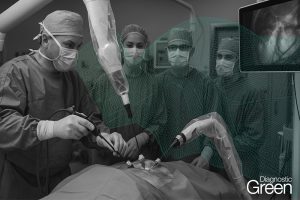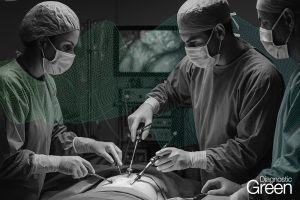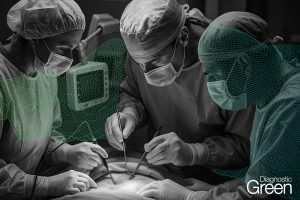Intra-abdominal adhesions have consistently posed a challenge for surgeons during procedures. This study aims to investigate the feasibility of utilizing indocyanine green (ICG) in conjunction with near-infrared imaging for the detection of intra-abdominal adhesions. In vitro, we analyzed factors affecting ICG fluorescence. We divided SD rats into groups to study ICG excretion in different digestive tract regions. Additionally, we reviewed surgical videos from previous cholecystectomy cases, categorizing them by ICG injection timing and assessing fluorescence imaging in various digestive tract regions.
Finally, we preoperatively injected ICG into two cholecystectomized patients with abdominal adhesions, guiding intraoperative adhesiolysis with near-infrared fluorescence imaging. In vitro, we observed a significant influence of protein and ICG concentrations on ICG fluorescence intensity. Our rat experiments unveiled a strong and highly significant correlation (Kendall’s tau-b = 1, P < 0.001) between the timing of ICG injection and the farthest point of intestinal fluorescence.
A retrospective case analysis further validated this finding (Kendall’s tau-b = 0.967, P < 0.001). Under the guidance of fluorescence navigation, two cholecystectomized patients with intra-abdominal adhesions successfully underwent adhesiolysis, and no postoperative complications occurred. The intraoperative combination of ICG with near-infrared fluorescence imaging effectively enhances the visibility of the liver, bile ducts, and various segments of the gastrointestinal tract while providing real-time navigation. This real-time fluorescence guidance has the potential to aid surgeons in the dissection of intra-abdominal adhesions.




